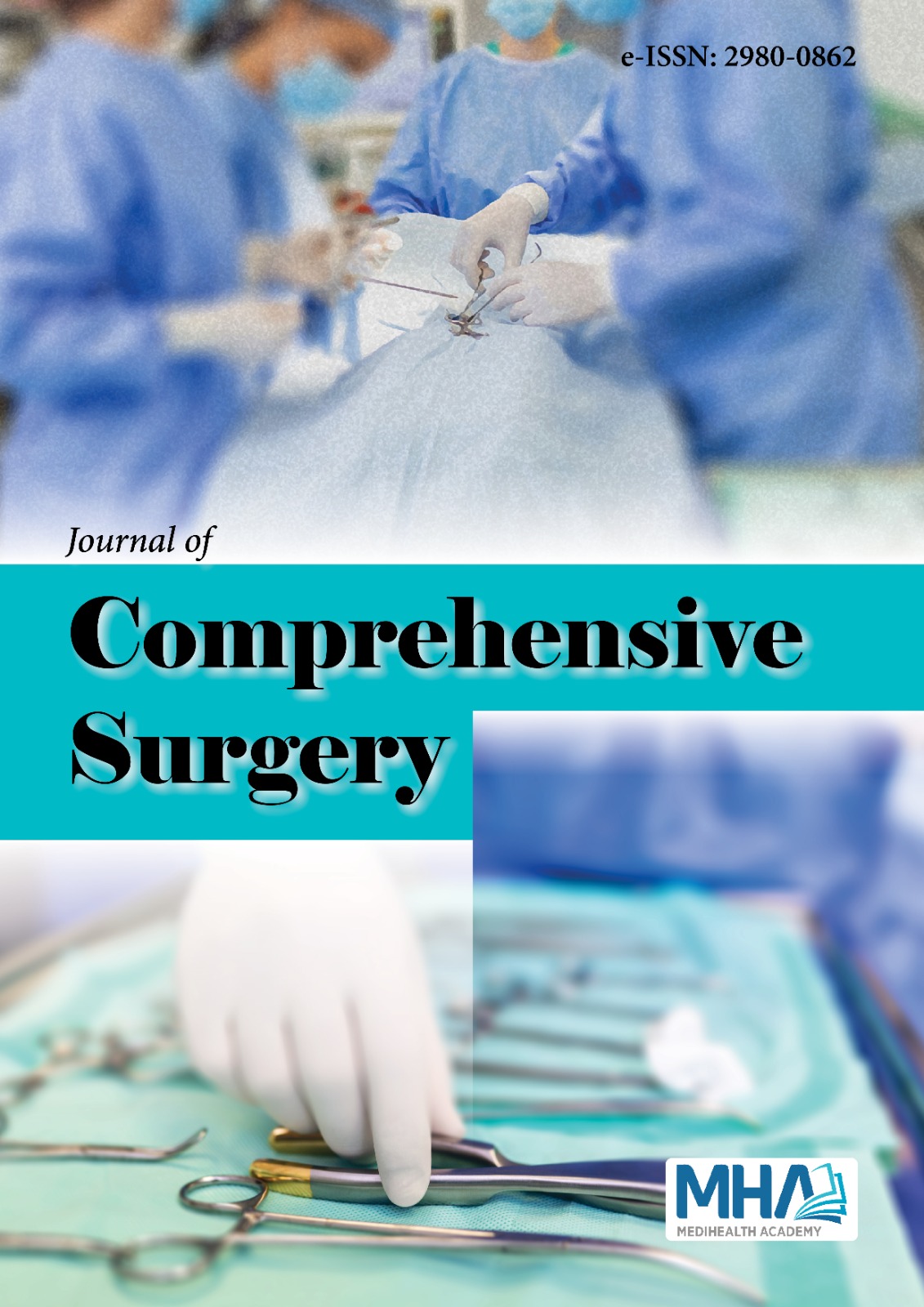Aims: This prospective study aimed to compare the long-term follow-up findings of patients with short-segment thoracolumbar instrumentation with the long-term follow-up findings results of patients with long-segment thoracolumbar instrumentation.
Merthods: Patients who underwent surgery for a thoracolumbar junction spine fracture were included in this study. The patient's age, gender, and neurological impairment, "AOSpine Classification Scale", "Visual Analog Scale (VAS)", "modified Japanese Orthopedic Association (mJOA)" and "Oswestry Disability Index (ODI)" scores, pedicle and/or pars interarticularis fractures, anterior, middle, and posterior height loss of the fractured vertebral body (mm), the height loss rate of the fractured vertebra, angulation degree, sagittal and axial spinal canal diameters (mm) and presence of bone fragment extending into the spinal canal on CT images were recorded at admission to the hospital, and the end of the sixth month after surgical intervention. Duration of anesthesia and surgery time, the amount of bleeding during the surgery, the radiation level (mGy) released by fluoroscopy, performing laminectomy, length of stay in the intensive care unit, and hospital were recorded. Additionally, the stability and integrity of the instrumentation were examined with dynamic X-ray images.
Results: Preoperative fractured vertebra collapse rates (t=4.175, p=0.001) and surgery times (t=4.175, p=0.001) were different between groups In the long-segment group, preoperative VAS scores (Z=-2.687, p=0.007), mJOA scores (Z=-2.585, p=0.010), and ODI scores (t=53.253, p<0.001) were different from postoperative long-term follow-up values. In addition, in the short segment group, preoperative VAS scores (Z=-2.214, p=0.027), mJOA scores (Z=-2.333, p=0.020), and ODI scores (t=48.338, p<0.001) were different from the postoperative long-term follow-up values. ROC-curve analysis and Logistic Regression analysis results revealed that any study parameter could not predict the decision-making for inserting screws into the fractured vertebra, the need for laminectomy, the risk of developing postoperative instability, or the worse prognosis risk of mJOA.
Conclusion: This study's results showed that short-segment instrumentation, which is performed by inserting a screw into the fractured vertebra, is as effective as long-segment instrumentation in providing both clinical and radiological improvement in patients. At the same time, it has advantages such as less operating time, less surgical bleeding, and short anesthesia time. However, it was determined that no parameter of the study could predict the placement of screws in the fractured spine, the need for laminectomy, the risk of postoperative instability, or the prognosis risk of mJOA. Therefore, it was concluded that conducting this study on a larger patient population would be appropriate.

